Aims
- being able to evaluate the different elements of an aerospace missions: launching, orbital mechanics and corrections, performing the mission requirements during the lifetime of a spacecraft
- dimensioning and evaluating different (sub)systems of a spacecraft (phase 0-level): structure, propulsion, orbital and attitude control, energy management, thermal control, material choice, payload,….
- acquiring insight of existing aerospace technologies, specific loads and test procedures: launch vehicles, satellite systems, launch and environmental loads
- getting acquainted to project phasing and scheduling
Module 3.87 ects. Spacecraft Technology and Space Environment: Lecture (B-KUL-H04X5a)
1. Introduction
- History and overview of aerospace
2. Orbital mechanics
- Keplerorbits and central force field
- Generalization of force field: geopotential, flattening and asymmetry
- Orbit perturbuations: periodic and permanent
- Swing-by and Lagragian points
3. Propulsion, Rockets and Launch
- Propulsion: thrust, specific impulse, solid, liquid and electrical propulsion, propulsion systems
- Rocket equation: ideal acceleration and losses, ∆v,…
- Rockets: working principles, performance, multi-staging
- Launching: optimalisation, minimum ∆v, injection errors
- Ariane rocket: technical description, performance and evolutions
4. Satellites
- Goal, construction and subsystems
- Telecommunication satellites and other applications
- Structure: loads, materials, construction
- Thermal control: passive, active, materials,..
- Orbital and attitude control: spin en 3D-stabilized S/C, sensors en control-units
- Electrical power: solar arrays, batteries,…
- TTC: antennas, telecommunication
- Project management: phasing and testing
5. Space Environment
- microgravity, vacuum, atomic oxygen
- space weather, electromagnetic and corpuscular radiation, radiation belts,…
- Meteorides, space debris
Module 1.13 ects. Spacecraft Technology and Space Environment: Practicals (B-KUL-H04X6a)
1. Introduction
- History and overview of aerospace
2. Orbital mechanics
- Keplerorbits and central force field
- Generalization of force field: geopotential, flattening and asymmetry
- Orbit perturbuations: periodic and permanent
- Swing-by and Lagragian points
3. Propulsion, Rockets and Launch
- Propulsion: thrust, specific impulse, solid, liquid and electrical propulsion, propulsion systems
- Rocket equation: ideal acceleration and losses, ∆v,…
- Rockets: working principles, performance, multi-staging
- Launching: optimalisation, minimum ∆v, injection errors
- Ariane rocket: technical description, performance and evolutions
4. Satellites
- Goal, construction and subsystems
- Telecommunication satellites and other applications
- Structure: loads, materials, construction
- Thermal control: passive, active, materials,..
- Orbital and attitude control: spin en 3D-stabilized S/C, sensors en control-units
- Electrical power: solar arrays, batteries,…
- TTC: antennas, telecommunication
- Project management: phasing and testing
5. Space Environment
- microgravity, vacuum, atomic oxygen
- space weather, electromagnetic and corpuscular radiation, radiation belts,…
- Meteorides, space debris
More information at: https://onderwijsaanbod.kuleuven.be/syllabi/e/H04X5AE.htm#activetab=doelstellingen_idp2776672

